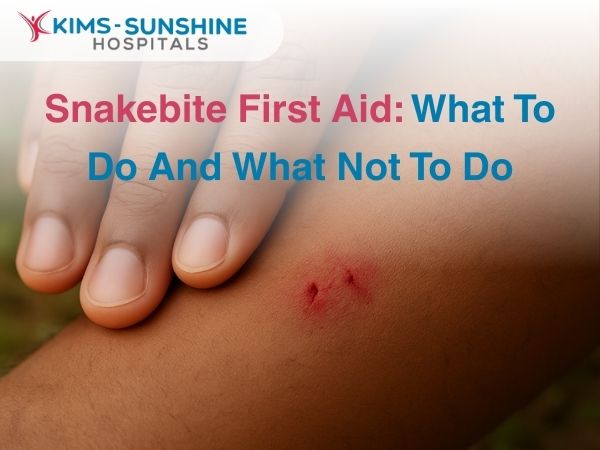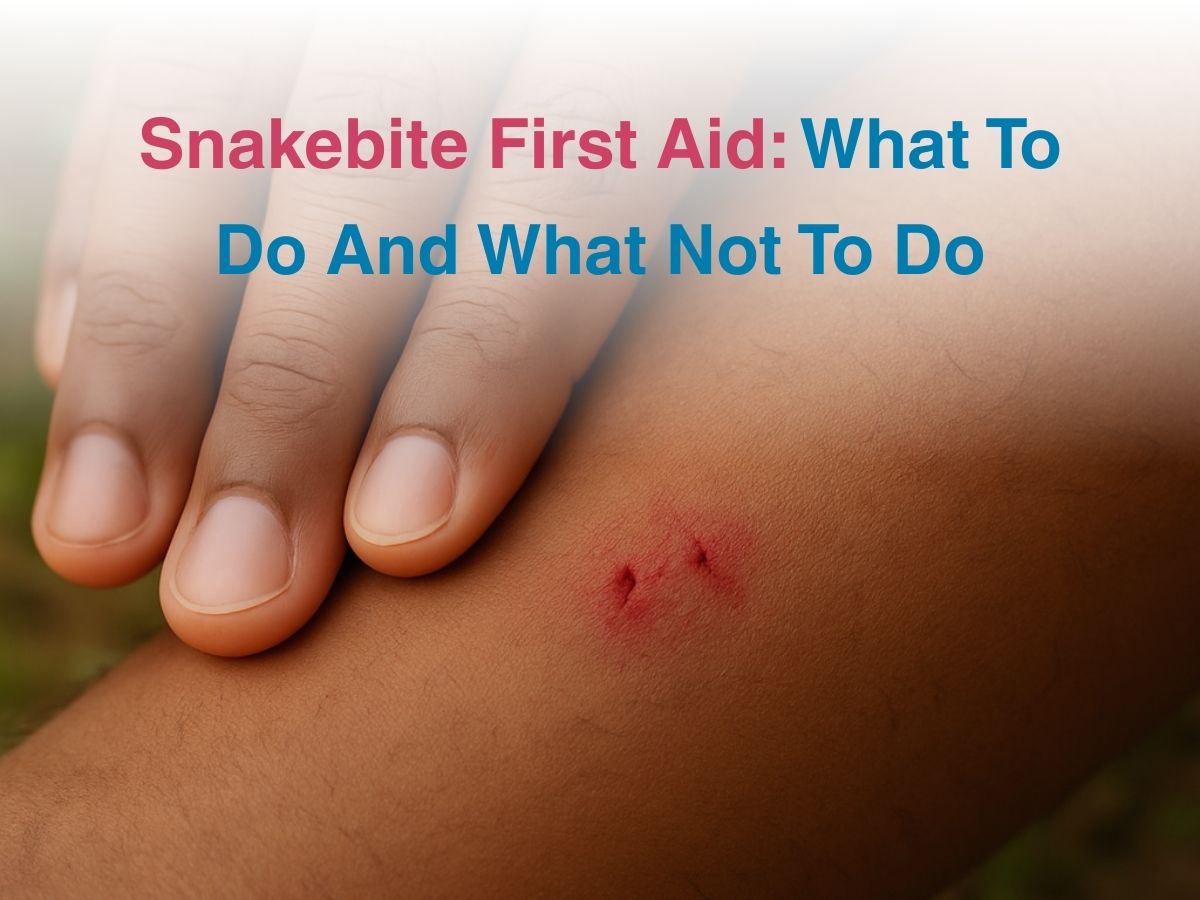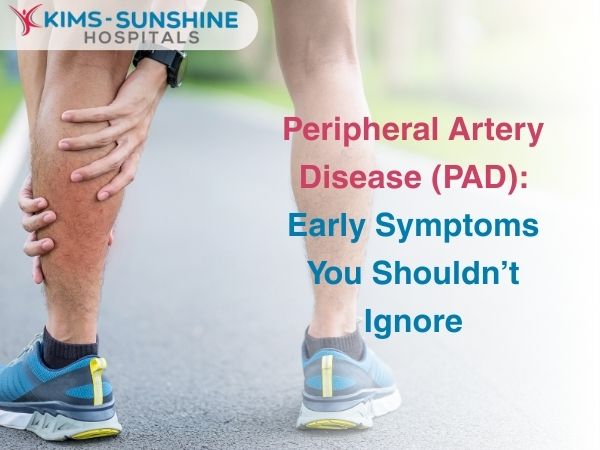
Snakebite First Aid: What To Do And What Not To Do
What Is The First Thing To Do After A Snake Bite?
The first response to a snakebite is not action but stillness, for panic only fuels the poison’s journey and every hurried step quickens its spread. The bitten person should sit or lie flat, the affected limb kept gently below heart level, with movements reduced to the barest minimum. A splint or straight support may be used to immobilise the limb. DON’T ever use a tight cloth tourniquet, never cut with a blade and never attempt to draw venom by mouth. These folk practices injure more than they help. What matters most is calm, steady transport to a hospital, avoiding all unnecessary exertion, because the true treatment lies in antivenom and medical care, NOT in the rituals of panic.
How Do I Tell If The Snake Was Venomous?
In India, snakes number in the hundreds, yet only a few- the famed “Big Four” of cobra, krait, Russell’s viper, and saw-scaled viper- cause the majority of dangerous bites. It is tempting to chase the snake for identification, but this wastes vital minutes and risks another strike. Instead, assume that the bite is venomous until proven otherwise. Some bites swell and burn immediately, while others, like the krait’s, can whisper silently, with little pain at first, until paralysis creeps in hours later. It is wise to remember that no home judgment is reliable, only hospital tests and observation can confirm safety, which is why every snakebite must be treated as an emergency medical event.
What Signs Of Venom Poisoning Should I Watch For?
Venom can speak in whispers or in shouts and both are dangerous if ignored. Rapid swelling of the bitten limb, sharp pain, dizziness, bleeding gums, blood in urine, or dark swelling are signs of viper venom. Double vision, drooping eyelids, difficulty speaking, or slow breathing may suggest cobra or krait neurotoxins at work. Some victims collapse suddenly, others deteriorate slowly through the night. The absence of symptoms in the first hour does not mean all is well, for venom sometimes waits to reveal its harm. Therefore, the safest way is to reach a hospital quickly and stay under observation, because the danger is not always visible at the start.
Conclusion
A snakebite is not merely the meeting of fangs and skin but a test of human response. In India where snakes weave through fields, villages and city edges, the difference between life and loss is often written in the choices made in the first minutes after a bite occurs. It is very crucial to keep the victim calm, avoid harmful practices, rush to the nearest hospital and place your trust in science rather than superstition.







